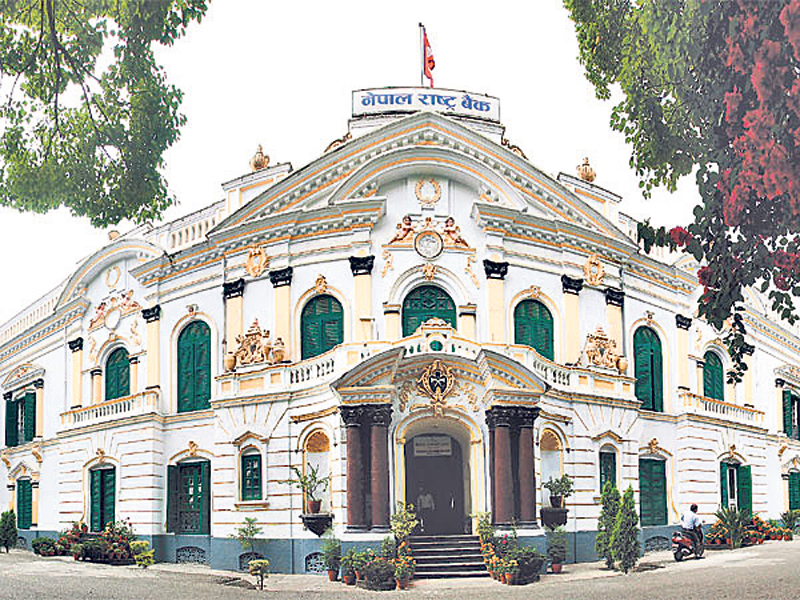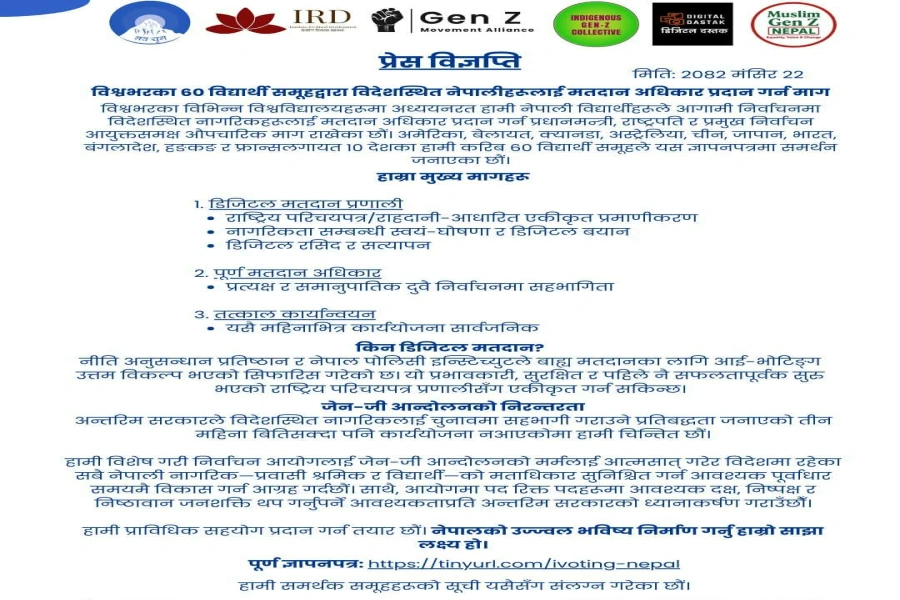Monetary policy cannot be as flexible as during COVID-19 as banking sector has gone under pressure: Governor Adhikari
KATHMANDU, June 21: Nepal Rastra Bank (NRB) has warned that the quality of banks’ assets has been declining and posing challenges to the stability of banks and financial institutions (BFIs).
The ‘Financial Stability’ Report published by the central bank on Wednesday mentions that the excessive interest rates on loans has led to a decrease in overall demand which is posing challenges to the business. As a result, the BFIs have been accepting low quality assets in their securities just to increase their businesses.
The report shows that the index of quality risk of banks’ assets was increased to 0.94 in the fiscal year 2022/23. The weighted index of the quality assets was only 0.25 in the FY 2020/21. Likewise, the index on the risk of overall financial sector stability surged to 0.69 last year from 0.40 four years ago. As the index value approaches 1, it shows an increasing risk to the country’s financial stability, according to an NRB official.
The NRB said that due to the excessive interest rates, the demand for loans has decreased which has led to a negative impact on banks. As a result, profit has decreased while non-performing loans have increased.
Revised interest rate corridor system introduced

Stating that the BFIs are expanding their business due to merger and that they should remain alert to minimizing challenges, the NRB said that the flexible monetary policy introduced during COVID-19 needs to be taken back, which has affected the loan-paying capacity of borrowers.
The report mentioned “Despite challenging circumstances, banks and financial institutions have managed to maintain sufficient capital, liquidity and profitability. The expanding role of the non-banking financial sector in the economy has made the financial system more complex and led to increased dependency.”
Currently, the exchange of financial resources among the BFIs, insurance companies, cooperatives, financial technology, Citizen Investment Trust, Social Security Fund, and Employee Provident Fund (EPF) including other institutions has supported increased economic activities. The NRB has also taken an interest in this matter.
The report mentioned, “Such internal association has also created risks in new aspects of the financial system.”
The NRB mentioned that issues such as service deviation, poor governance practices and exaggerated credit without proper financial analysis have raised concerns about the safety of cooperative institutions.
The report concluded that political instability and economic slowdown could worsen these problems and impact on the financial system.
The NRB emphasized the ongoing efforts to enhance financial inclusion and access, by focusing on priority areas, poor and small borrowers.
Despite the risks, NRB Governor Maha Prasad Adhikari states in the report that the flexibility demonstrated by the BFIs confirms the strength and resilience of the banking system.
Governor Adhikari said, “It can bear risks. In this context, vigilant, proactive and prudent banking regulations are crucial to sustain the goal of high economic growth by maintaining financial stability.”
BFIs’ bad debts soar to the 10 years’ high record at 3.98 percent
The bad debt of the banks and financial institutions (BFIs) rose to a 10-year high at 3.98 percent, mainly due to slowdown in economic activities in the aftermath of the COVID-19 pandemic.
According to a report of Nepal Rastra Bank (NRB), the BFIs previously had the proportion of bad debt at 3.76 percent in June 2014. The bad debt came down to as low as 1.31 percent in June 2022.
As of mid-April this year, the non-performing loans of the commercial banks reached 3.89 percent, while those of development banks and finance companies stood at 3.63 percent and 10.40 percent, respectively.






































